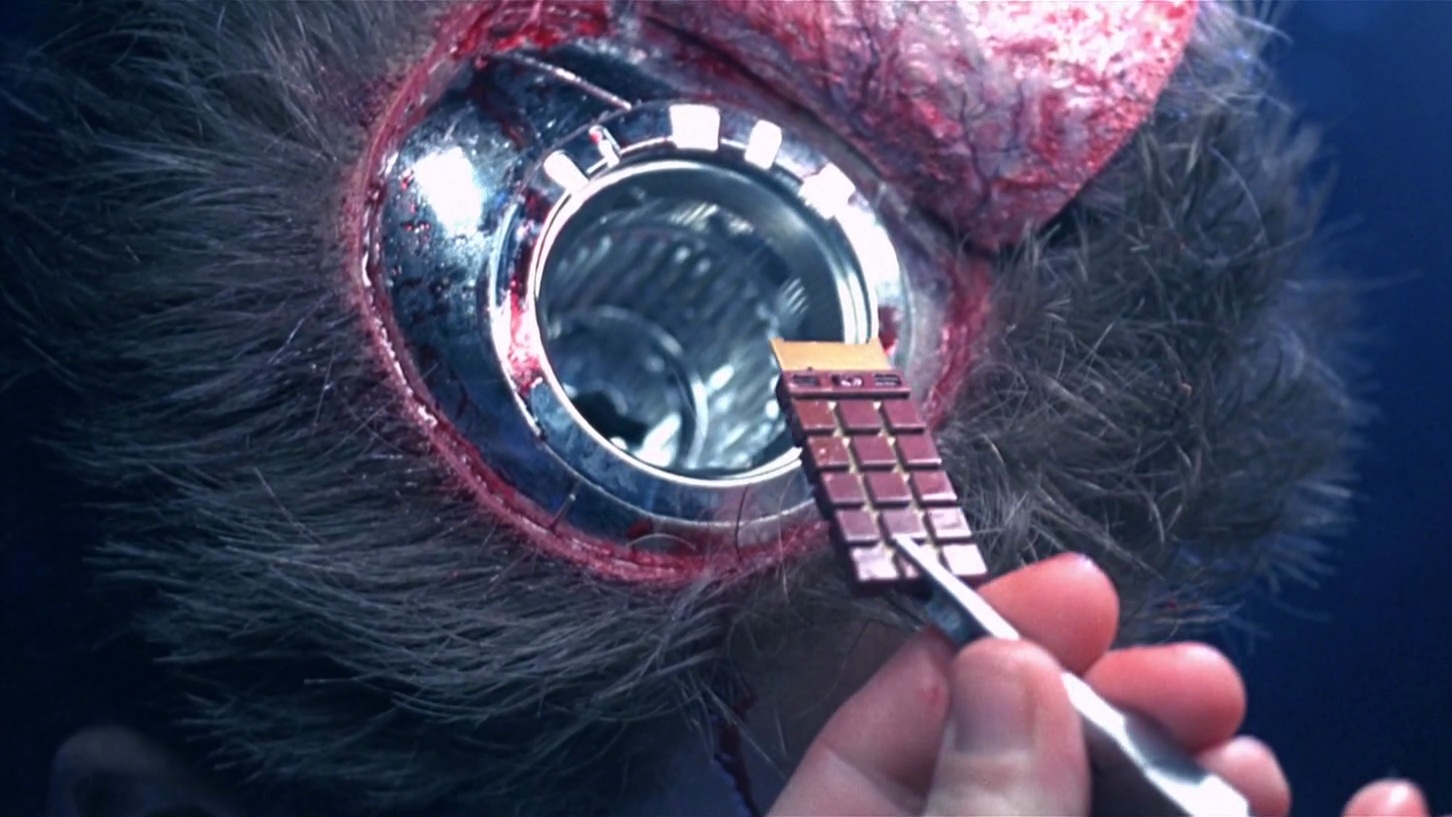- Joined
- Aug 20, 2006
- Messages
- 13,000
That is what the latest semiconductor roadmap predicts, anyway. Shrinking transistors in microprocessors is no longer “economically desirable” and manufacturers will try engineering vertically instead, stacking circuitry.
For some, this change will likely be interpreted as another death knell for Moore’s Law, the repeated doubling of transistor densities that has given us the extraordinarily capable computers we have today. Compounding the drama is the fact that this is the last ITRS roadmap, the end to a more-than-20-year-old coordinated planning effort that began in the United States and was then expanded to include the rest of the world.
For some, this change will likely be interpreted as another death knell for Moore’s Law, the repeated doubling of transistor densities that has given us the extraordinarily capable computers we have today. Compounding the drama is the fact that this is the last ITRS roadmap, the end to a more-than-20-year-old coordinated planning effort that began in the United States and was then expanded to include the rest of the world.
![[H]ard|Forum](/styles/hardforum/xenforo/logo_dark.png)
